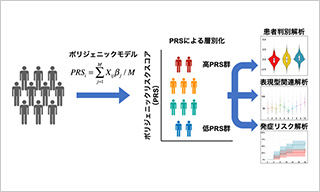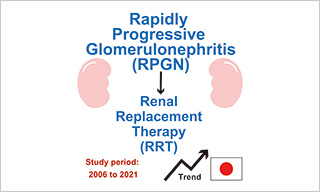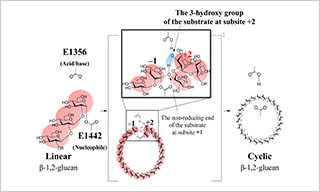Apr 12 2023
A research group of Nyein Nyein Chan (graduate student) at the Niigata University Graduate School of Medical and Dental Sciences, and Associate Professor YAMAZAKI Manabu and Professor TANUMA Jun-ichi in the Division of Oral Pathology at the same school, discovered that increased cholesterol in cancer cells promotes oral cancer progression. This discovery is expected to advance basic research toward developing new treatments to suppress the progression of oral cancer.
The results of this research were published online in the International Journal of Molecular Sciences on March 23, 2023.
1. Caveolin 1
A protein involved in the formation of caveolae, a small invagination of the plasma membrane. This protein can bind cholesterol and is involved in intracellular cholesterol transport.
Journal: International Journal of Molecular Sciences
Title:Cholesterol Is a Regulator of CAV1 Localization and Cell Migration in Oral Squamous Cell Carcinoma
Authors:Nyein Nyein Chan, Manabu Yamazaki*, Satoshi Maruyama, Tatsuya Abé, Kenta Haga, Masami Kawaharada, Kenji Izumi, Tadaharu Kobayashi and Jun-ichi Tanuma
*Author to whom correspondence should be addressed.
doi: 10.3390/ijms24076035

Polygenic effects on the risk of Alzheimer's disease in the Japanese population

Trends in the incidence of renal replacement therapy due to rapidly progressive glomerulonephritis in Japan, 2006–2021

Uncovering The Cyclization Mechanism of Cyclic β-1,2-Glucan Synthase